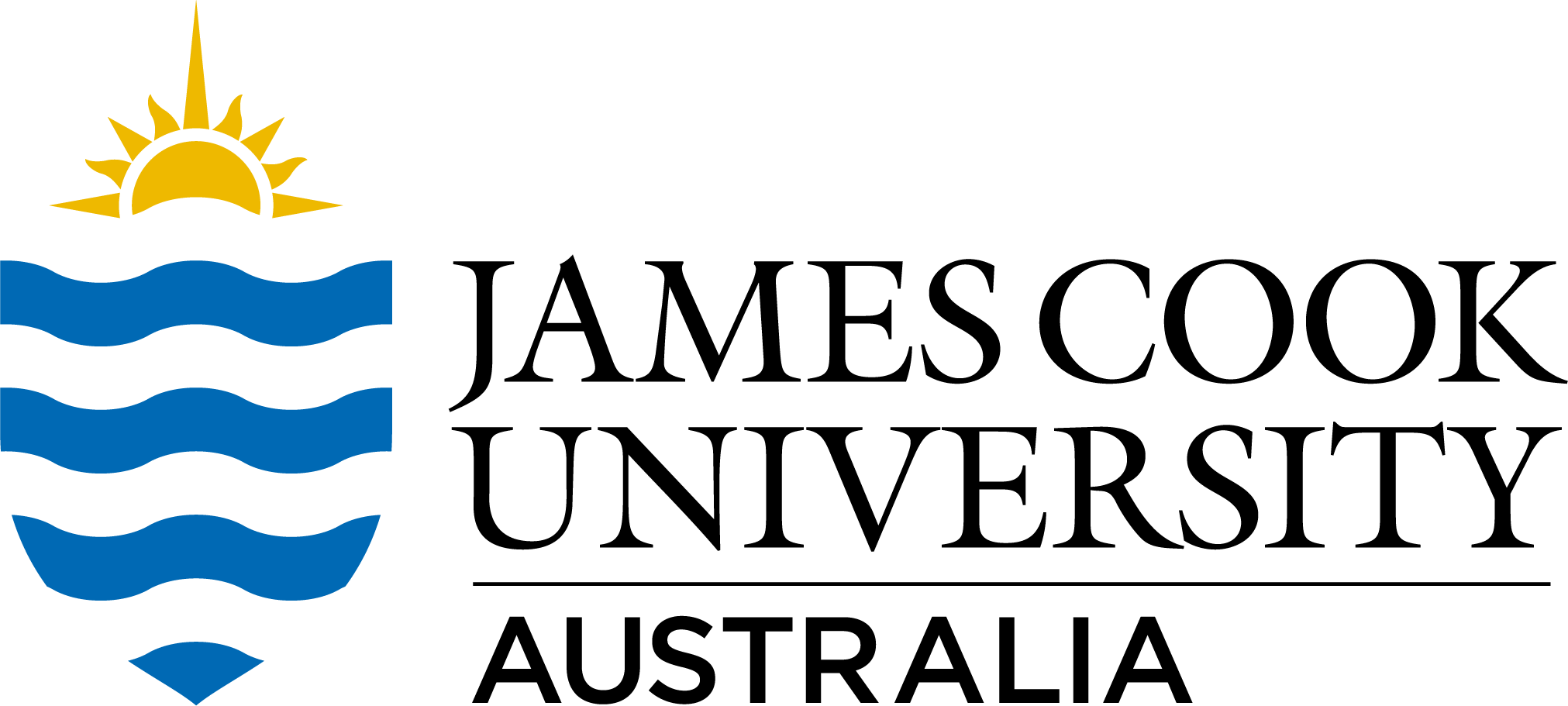Full description
Abstract [Related Publication]: Under projected levels of ocean acidification, shifts in energetic demands and food availability could interact to effect the growth and development of marine organisms. Changes to individual growth rates could then flow on to influence emergent properties of social groups, particularly in species that form size-based hierarchies. To test the potential interactive effects of (1) food availability, (2) elevated CO2 during juvenile development, and (3) parental experience of elevated CO2 on the growth, condition and size-based hierarchy of juvenile fish, we reared orange clownfish (Amphiprion percula) for 50 days post-hatching in a fully orthogonal design. Development in elevated CO2 reduced standard length and weight of juveniles, by 9% and 13% respectively, compared to ambient. While development under low food availability reduced length and weight of juveniles by 8% and 16% respectively, compared to high food. Parental exposure to elevated CO2 restored the length of juveniles to that of controls, but it did not restore weight, resulting in juveniles from elevated CO2 parents exhibiting 33% lower body condition when reared in elevated CO2. The body size ratios (relative size of a fish from the rank above) within juvenile groups were not affected by any treatment, suggesting relative robustness of group-level structure despite alterations in individual size and condition. This study demonstrates that both food availability and elevated CO2 can influence the physical attributes of juvenile reef fish, but these changes may not disrupt the emergent group structure of this social species, at least amongst juveniles.
The full methodology is available in the Open Access publication from the Related Publications link below.
Notes
This dataset is available as a spreadsheet saved in both MS Excel (.xlsx) and Open Document (.ods) formats.
Created: 2019-12-12
User Contributed Tags
Login to tag this record with meaningful keywords to make it easier to discover
- DOI : 10.25903/5DF182C2F5350

- Local : researchdata.jcu.edu.au//published/fa3d5ced1b67012cdaead407db2b4cd9
- Local : 8bc48ae7902613706471bb466f510bdb


